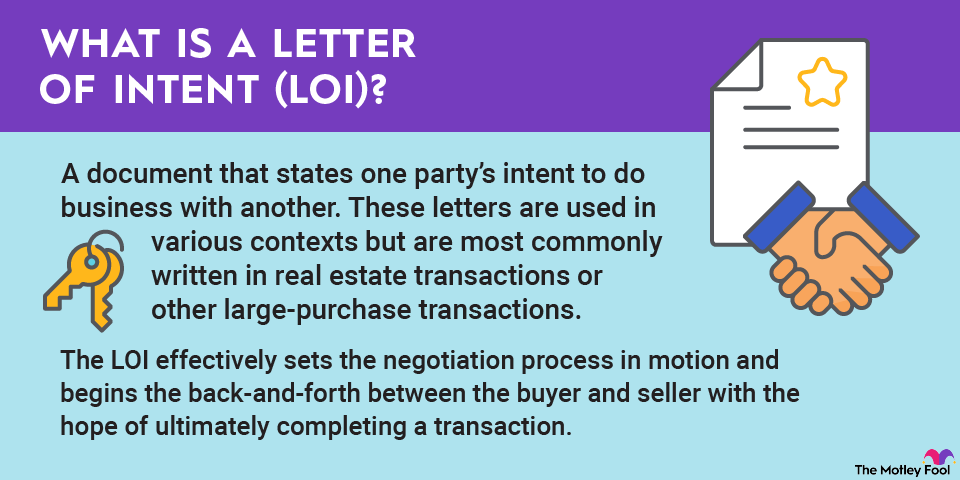Revenue growth is an example. A revenue growth percentage quantifies how much revenue changes after a certain period. The value confirms that revenue increased or decreased relative to a previous period. Business leaders can use the change to help evaluate internal decision-making, customer preferences, the competitive environment, or any other factor that affected the quarter's sales.
Lagging indicators are usually easy to measure and compare. They provide a quick snapshot of trends in a complex environment, such as a business or economy. Lagging indicators have some limitations, however. These include:
- Backward-looking. Lagging indicators reflect the past only. They do not have predictive power. Predictive metrics are called leading indicators. An example is an improvement in customer satisfaction scores, which could precede an increase in referred business.
- Oversimplification. Lagging indicators may encourage oversimplification of complex events. For example, positive revenue growth may result from a product line expansion in the same quarter. Or, a competitor may have coincidentally had a supply chain problem, prompting customers to switch. Analysis is needed to understand all factors influencing the lagging metric.
- Difficult to manage in isolation. Lagging indicators can isolate problems within a system, but solving those problems is more challenging. Often, the solutions can negatively affect other indicators. For example, efforts to increase revenue growth may affect margins and customer satisfaction scores. Short-sighted strategies can easily create unintended consequences.



















